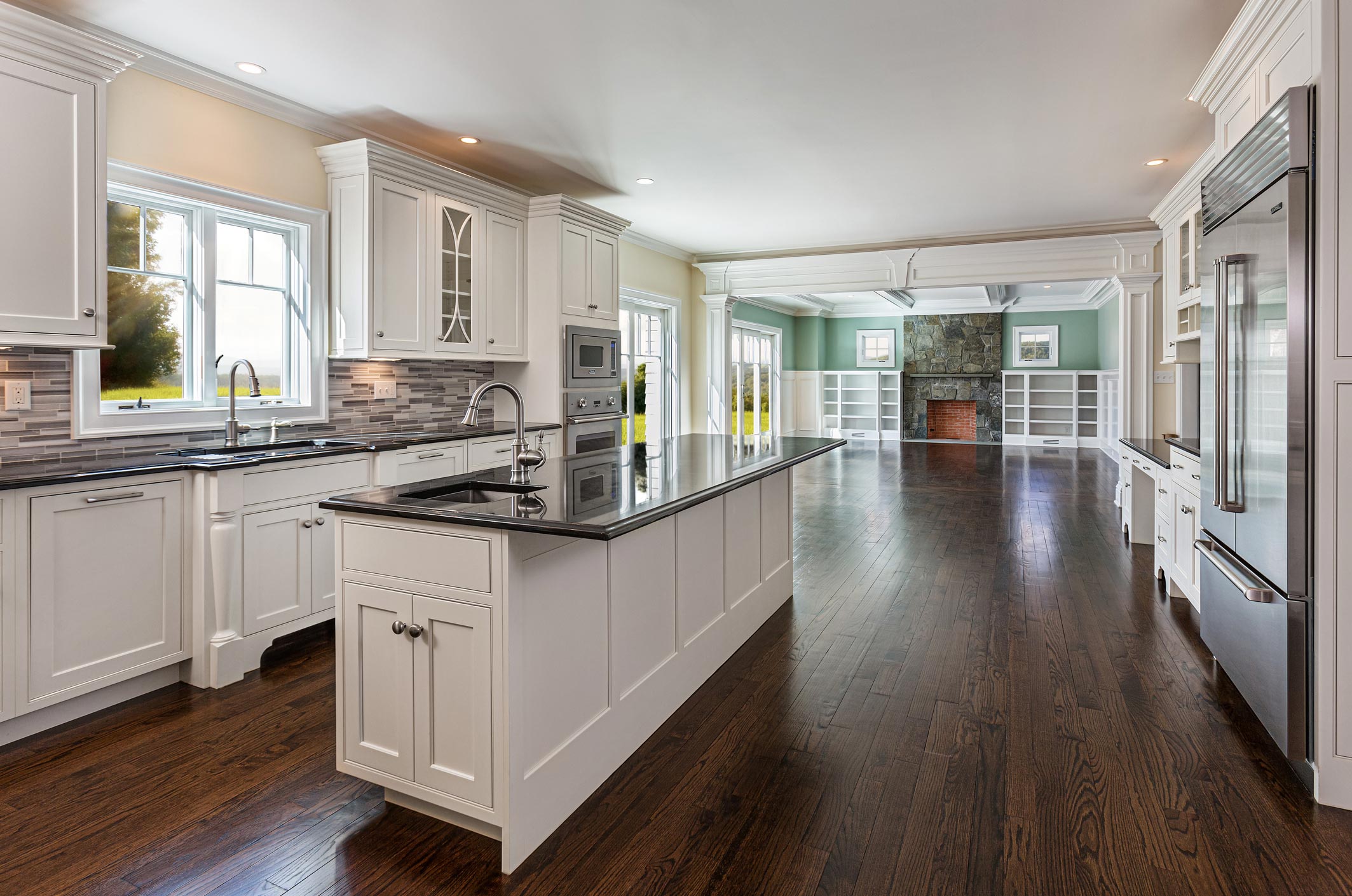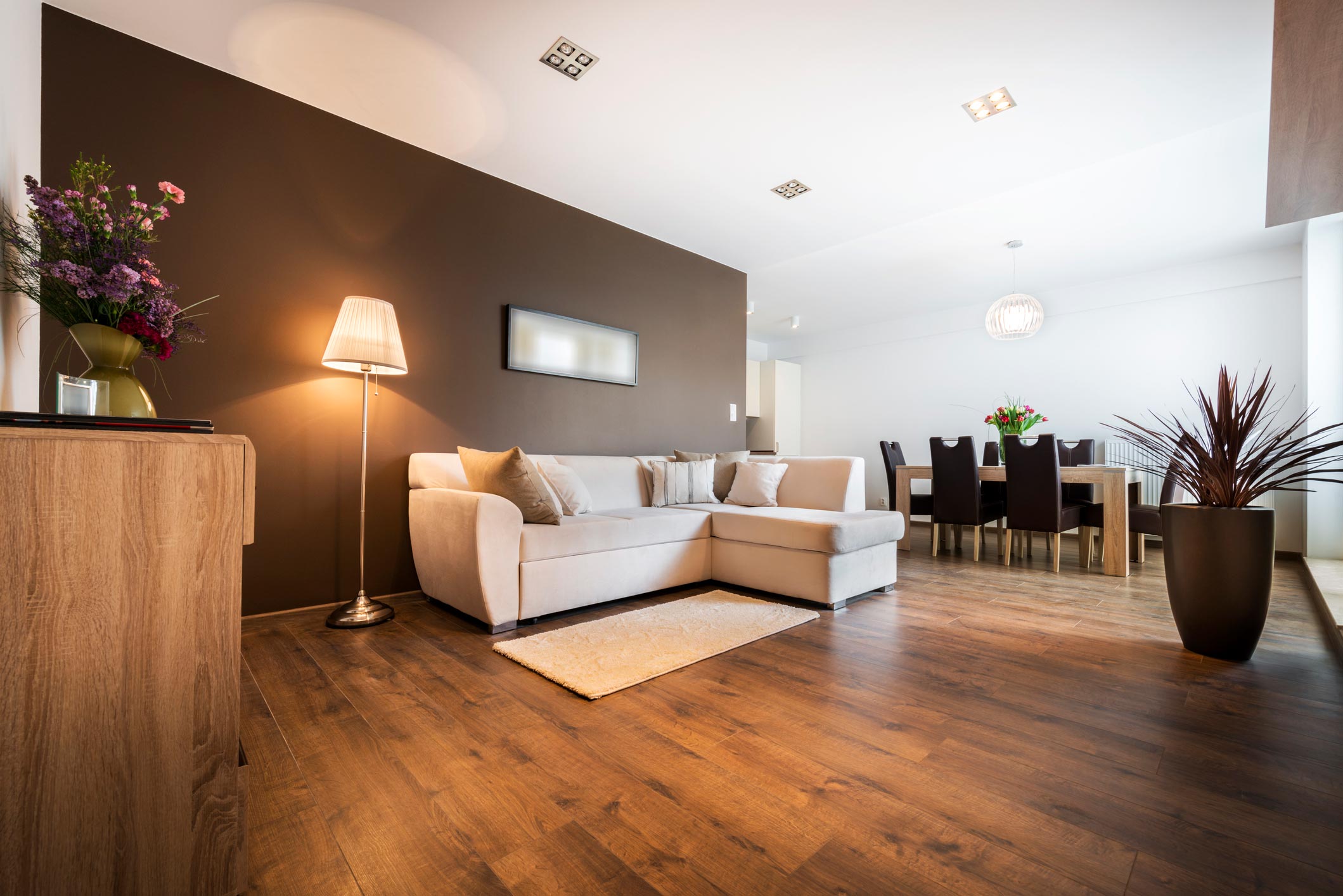Solid Hardwood Flooring
Choose All Flooring Install for Solid Hardwood Flooring
Solid hardwood flooring adds unmatched elegance and durability to any space, making it the perfect choice for homes and offices alike. All Flooring Install brings your flooring dreams to life with expert installation, repair, and finishing services throughout Richardson, Dallas, and nearby communities.
Why Solid Hardwood Stands Out
Solid hardwood flooring is the ultimate upgrade for any space, combining timeless elegance with exceptional durability. Its natural beauty and classic appeal make it a standout choice for homeowners and businesses alike. The natural grain and rich colors of solid hardwood flooring add elegance to any space, while its strength ensures it lasts for decades. Easy to clean and allergen-resistant, it promotes healthier indoor air quality. All Flooring Install specializes in bringing this premium flooring to life with expert installation, repair, sanding, and finishing services.
With a variety of wood species, finishes, and colors, solid hardwood adapts to any décor, whether modern, rustic, or traditional. It also increases property value and can be refinished multiple times, making it a long-term, cost-effective investment. Enhance your space with flooring that’s built to impress and endure.

Key Benefits of Solid Hardwood
Choosing solid hardwood flooring comes with a host of advantages:
- Classic Appeal: Instantly elevates the look and feel of any room.
- Durability: With proper care, it can withstand heavy use and last for generations.
- Healthy Living: Unlike carpets, hardwood doesn’t trap dust, allergens, or pet dander.
- Increased Value: Homes with hardwood floors are more attractive to buyers.
- Versatility: Available in a variety of wood species, colors, and finishes to complement any design theme.
- Eco-Friendly: Harvested from renewable sources, making it a sustainable choice.
Top 10 Best Types of Hardwood Flooring
Hardwood flooring adds timeless beauty and durability to any space. Here’s a quick guide to the top hardwood flooring options:
- Oak: The most popular choice, oak features attractive grain, and excellent durability, and takes stains beautifully, offering versatility for any style.
- Teak: Known for its rich golden hues and exceptional water resistance, teak is a high-end option that lasts for decades.
- Pine: An eco-friendly, softwood option with light tones and a rustic feel. Affordable and great for staining.
- Maple: Offers a clean, subtle grain and creamy tones, perfect for modern spaces. Scratch-resistant and durable.
- Hickory: The hardest domestic wood, known for dramatic color variations and unique grain patterns. Ideal for high-traffic areas.
- Mahogany: A luxurious choice with deep, rich colors and a smooth, even grain. Perfect for elegant interiors.
- Walnut: Dark, chocolatey tones with a sleek, high-end look. Softer but hides scratches well.
- American Chestnut: Rare and often reclaimed, its light color and distinct grain offer unique charm.
- American Cherry: Warm reddish hues and smooth grain make it a favorite, though softer than other hardwoods.
- Jatoba (Brazilian Cherry): Extremely hard, durable, and affordable, with stunning deep reddish tones and natural luster.
Each hardwood brings its own character, durability, and style. Let All Flooring Install help you find the perfect flooring for your home. Visit our website or call us today!

Why Trust All Flooring Install for Solid Hardwood Flooring?
When it comes to solid hardwood flooring, All Flooring Install stands out as a trusted name in Richardson, Dallas, and beyond. Here’s why homeowners and businesses rely on us to bring their flooring visions to life:
1. Solid Hardwood Expertise
We specialize in solid hardwood flooring, providing professional installation, repair, sanding, and refinishing to ensure your floors are flawless and long-lasting.
2. High-Quality Materials
From classic oak to exotic woods like Brazilian Cherry, we offer a wide selection of premium hardwoods tailored to fit your style and needs.
3. Personalized Service
Your space is unique, and your flooring should reflect that. We work closely with you to select the perfect hardwood species, color, and finish for your home or business.
4. Trusted Local Reputation
As a locally owned and operated business, we’re proud of our track record of exceptional service and satisfied customers throughout Richardson, Dallas, and surrounding areas.
5. Satisfaction Guaranteed
We’re dedicated to exceeding your expectations with stunning, durable hardwood floors and top-notch service every step of the way.
Transform Your Space with All Flooring Install
Solid hardwood flooring is an investment in timeless beauty, durability, and value. At All Flooring Install, we make the process simple, stress-free, and rewarding. Our team takes pride in delivering exceptional craftsmanship, ensuring every project meets the highest standards of quality and precision. From selecting the perfect hardwood flooring to expert installation and finishing, we guide you through every step of the process, making it smooth, hassle-free, and tailored to your needs.
Visit our website or give us a call today to learn more about our solid hardwood flooring services. Let us help you create a space you’ll love for years to come!







